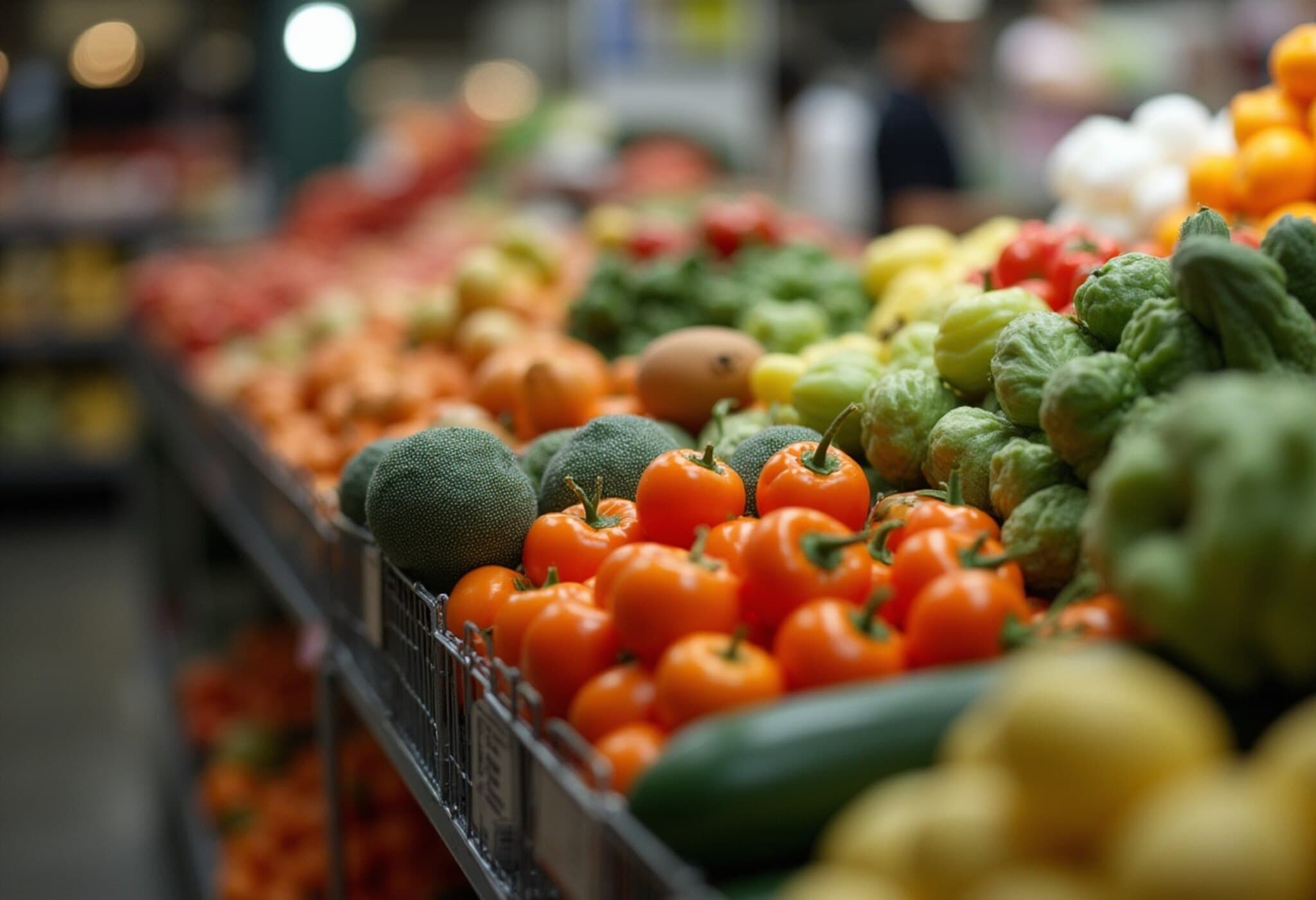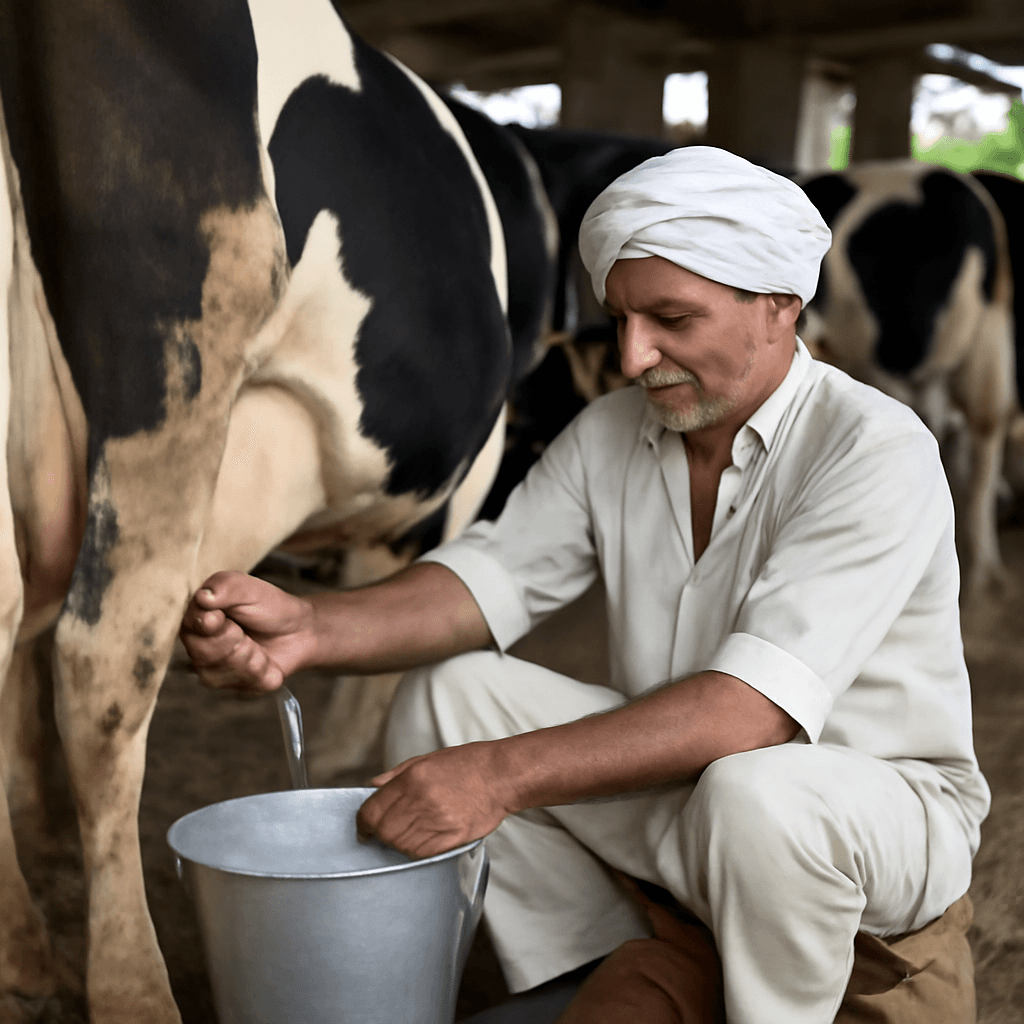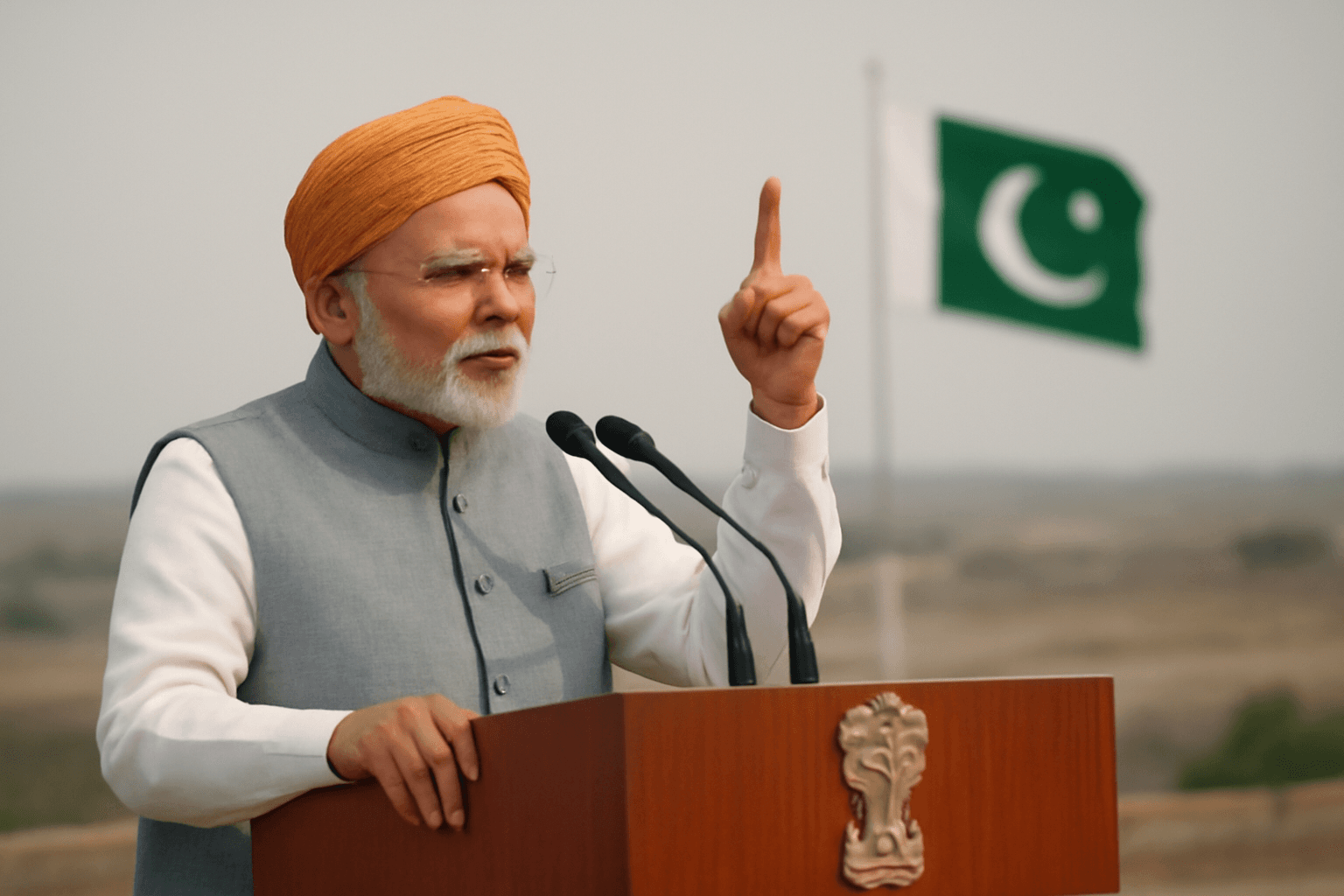Why Are Grocery Bills Soaring? The Climate Change Connection
If you’ve recently felt the sting of higher grocery bills, you’re not alone. While many blame local inflation or supply chain disruptions, groundbreaking research from the Barcelona Supercomputing Center, in partnership with the European Central Bank, reveals a more profound culprit—climate change. This global environmental shift is quietly but powerfully reshaping food prices worldwide.
The Unseen Driver Behind Price Surges
Across continents, consumers are witnessing startling spikes in the cost of everyday food items. The Barcelona study meticulously links these increases to 16 extreme weather events occurring between 2022 and 2024, including heatwaves, floods, and droughts. These weren’t just unusual; many were unprecedented in scale and intensity, pushing agricultural systems to their breaking point.
Lead researcher Max Kotz highlights that such weather extremes trigger rapid, significant drops in crop yields and livestock productivity. This cascade effect ripples from farm fields to supermarket shelves, often within just one to two months of the weather event.
From California to Canberra: Regional Snapshots of a Global Phenomenon
- United States: California’s driest three-year stretch devastated nearly one million acres of farmland, leading to vegetable price hikes above 80%. Compounding this, water shortages on the Colorado River and hurricanes disrupting harvests in Florida further strained supplies.
- Australia: East coast floods in 2022 triggered a lettuce shortage, catapulting prices by over 300%. Some fast food chains even swapped iceberg lettuce for cabbage to keep menus intact.
- Asia: Scorching heatwaves reaching 115°F (46.1°C) drove up Chinese vegetable prices by 40%. In South Korea, the price of napa cabbage, essential for kimchi, surged 70%, prompting government interventions to stabilize markets.
Why Climate Inflation Is More Than a Passing Storm
While food prices sometimes stabilize after temporary shocks, experts warn these climate-linked surges could become a persistent reality. El Niño events may have intensified recent extremes, but the overarching trend is one of increasing unpredictability and severity.
Unlike staples such as grains, crops like coffee and beef have limited growing regions, making their prices stickier and more vulnerable to repeated disruptions. This raises alarm bells for consumers and economists alike, as price volatility threatens both household budgets and broader economic stability.
The Economic and Social Toll of Climate-Driven Food Prices
The impact of these price hikes extends far beyond grocery aisles. According to the Energy and Climate Intelligence Unit, British households faced an average food bill increase of £361 (around $484) over 2022-2023 due to climate factors alone. This hidden tax disproportionately affects low-income families, exacerbating food insecurity.
Central banks also face a tricky dilemma: unpredictable food inflation undermines monetary policy efforts intended to stabilize the economy. Kotz and colleagues stress that unless systemic changes occur, climate-driven shocks will keep unsettling markets and consumers.
A Complex Web of Challenges Facing Agriculture
Climate change disrupts agriculture through multiple pathways, including:
- Rising temperatures and erratic rainfall reducing yields and shortening growing seasons.
- Water scarcity limiting irrigation, especially critical in drought-stricken regions like the American Southwest.
- Increased crop pest and disease prevalence, raising pesticide use and production costs.
- Heat stress on livestock decreasing productivity and increasing mortality rates.
- Additional inflationary pressures from fuel price hikes and transportation disruptions caused by extreme weather.
- Policy shifts such as stricter environmental regulations and tariffs that indirectly raise food prices.
Policy Responses and What Lies Ahead
The Barcelona researchers advocate for a multifaceted approach to mitigate these challenges, including early warning systems for extreme weather, improved agricultural practices such as efficient irrigation, and targeted government policies to bolster food security.
However, they emphasize that these measures alone are insufficient unless the global community intensifies efforts to curb greenhouse gas emissions. Without decisive climate action, the food system’s resilience will continue to erode, threatening price stability and access worldwide.
Experts like Stevenson warn of compounding challenges, like trade tariffs affecting producers’ ability to balance local and export demands, which may further destabilize supply chains and increase consumer costs.
The Growing Reality for Consumers Everywhere
Most shoppers may never connect a drought in Arizona or a heatwave in Asia with the price they pay for a head of lettuce or beef. Yet, this research punctuates the intimate link between climate turmoil and our wallets. Food is no longer just a local commodity; it’s a global economic barometer shaped by skies and seas beyond borders.
Unless emissions are drastically reduced and adaptive policies scaled, experts warn the upward trajectory of food prices will persist, fundamentally reshaping what and how families eat around the world.
Editor’s Note
This insightful study from Barcelona underscores the urgent, yet often overlooked, economic consequences of climate change on everyday life. It challenges readers and policymakers alike to recognize food inflation not merely as a market anomaly but as a symptom of a destabilizing planet. As consumers, understanding this interconnectedness can foster support for sustainable policies and practices that protect both the environment and our household budgets. How prepared are local economies and governments to confront this new climate inflation reality? And what innovative solutions lie beyond traditional agricultural and monetary policies? These questions demand our immediate attention.



















